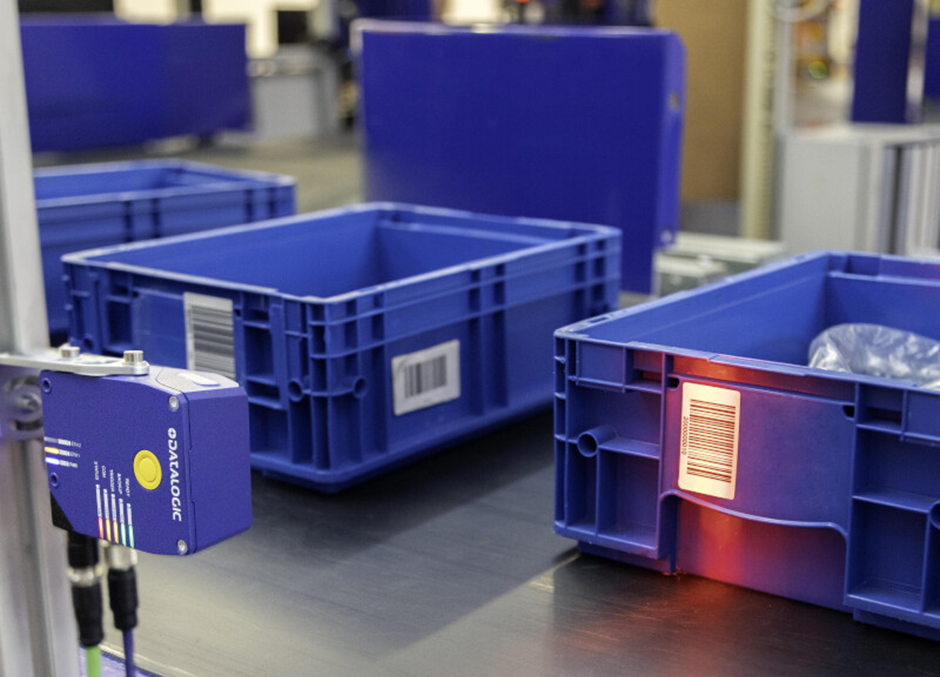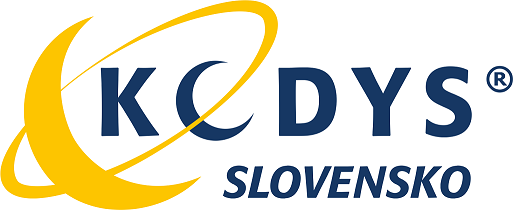
Automatic sensing
Stationary sensors: the key to more efficient production and logistics
In today's rapidly changing industrial environment, it is essential to ensure maximum efficiency, accuracy and reliability in all phases of the production and logistics process. Stationary sensors are an integral part of modern automation systems, enabling improved performance, reduced costs and increased process quality and efficiency
What are stationary sensors?
Stationary sensors are devices fixed in one place, designed for continuous and automatic barcode scanning, quality control, evaluation and data collection. Their robustness and reliability make them ideal for harsh industrial environments.
Key advantages of stationary scanners
- High accuracy and reliability: they minimise identification errors.
- Continuous monitoring: They enable 100% automatic barcode inspection.
- Wide integration options: Easy interfacing with existing production systems and software.
Criteria for selecting the right stationary scanner
When selecting a suitable stationary barcode scanner, it is very important to consider a number of key criteria to ensure efficient and reliable scanning in any particular environment under any conditions. Here are the main factors:
The type of barcode being scanned and the number of barcodes
1D vs. 2D codes: If you are only scanning traditional linear codes (1D), a simpler one - a laser scanner - will suffice. For QR codes, Data Matrix or Aztec (2D), or a combination of the two, you need a 2D imager.
Code size and density: very small or dense codes require high resolution imagers.
Number of codes : Capturing multiple codes simultaneously requires a more powerful encoder
Code grading : If you also need to evaluate the quality of the codes in real time, it is advisable to choose an imager with this function as well.
Scanning speed and frequency
Conveyor speed or speed of moving objects : If the scanned objects are on a moving conveyor, the scanner must be able to handle high scanning speeds. This parameter is usually specified as "fps", the number of frames per second, and the time (called processing time) for how long it takes the sensor to process and evaluate the captured images.
Omnidirectional scanners are suitable where the exact orientation of the code is not guaranteed, i.e., whether the code can be skewed, tilted, or angled.
Working environment
Lighting: self-illuminated sensors are ideal for low light conditions. If the lighting conditions change significantly, special backlights can be used to create constant (unchanging) and homogeneous lighting conditions in the sensed environment.
Glare, special surfaces : When shooting surfaces that have non-standard surfaces such as rounded, shiny or uneven, these factors can affect the actual shooting. Special attachments - such as diffusers or polarizers, or colour filters - should be used in this case.
Resistance to dust, humidity, temperature: High IP protection is important for industrial environments.
Tamper resistance : It is important to position the sensor so that it cannot be tampered with.
Mounting and space options
Sensor size : In confined spaces, smaller models are ideal.
Mounting flexibility: The angle and distance from the object can be adjusted.
Connectivity and integration
Communication interfaces: Ethernet, USB, RS232, or industrial buses such as PROFINET, EtherCAT.
Software compatibility: support for existing systems and easy configuration of sensors
Reading performance
Reading damaged codes: advanced sensors can handle dirty or partially damaged codes.
Reading distance: A very important parameter that defines whether a fixed focus or autofocus, fixed or interchangeable lens sensor can be used.
Price and total cost of ownership:
Initial cost vs. long-term savings: While a cheaper sensor may be advantageous initially, the higher operating costs and need for frequent replacement may eventually outweigh the investment in a higher quality solution.
Warranty and service: availability of spare parts and support.

Applications in manufacturing
- Automation of production lines: Stationary sensors monitor product movement on conveyors, ensure accurate component placement and control product quality in real time.
- Quality control: sensors can check the quality of barcodes.
- Safety applications.

Applications in logistics
- Shipment identification and tracking: Read barcodes for fast and accurate identification of goods.
- Warehouse process optimization: Pallet movement monitoring, sortation line automation and inventory management.
- Supply chain security: Real-time recording of shipping data to increase transparency.
Integration into production lines
Stationary sensors are designed to be easily integrated into existing production lines. They support a variety of communication protocols such as Ethernet, Profibus, Profinet, EtherCAT and more, allowing them to be easily interfaced with control systems (SCADA, MES, ERP, PLC). Thanks to the flexible interface, they can work in different environments and applications.

Interfacing with production systems
Integrating stationary sensors with production systems brings many advantages:
- Real-time data collection and analysis for better decision making.
- Automated processes reduce the need for manual intervention.
- Increased productivity and optimized operating costs.
Why choose stationary sensors from our company?
The stationary sensors in our range are the result of years of research and development in the field of automation. We offer a wide range of solutions that meet the most demanding requirements for accuracy, reliability and ease of integration.
We only work with leading and proven manufacturers of these devices - Datalogic, Omron or Cognex.
We provide comprehensive services in the field of automatic sensing - from solution design, pilot testing to installation and follow-up support.
Feel free to contact us for an individual solution tailored to your needs and ensure greater efficiency and reliability in your production and logistics processes today.

